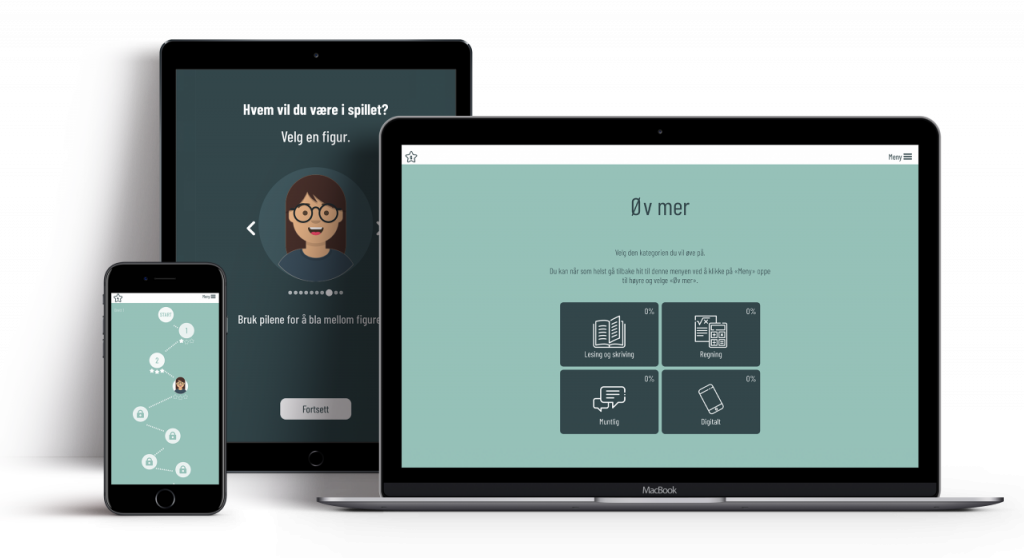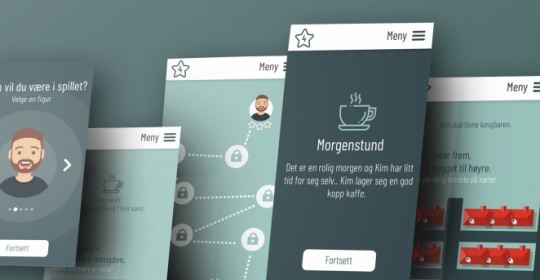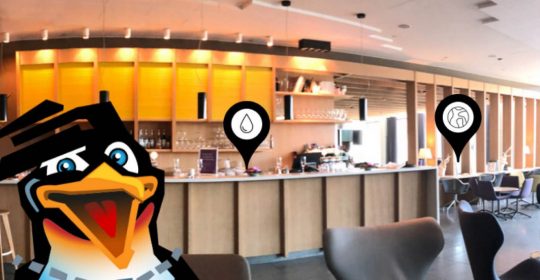Five reasons why games and gamification work
Features like points, stars, storylines, game progression, diplomas, badges and scoreboards can make learning a breeze. We are doing more and more projects that involve game-based learning and gamification, and we’ve learned what works - and what doesn’t work.
You’ve heard about it, but what is it?
Gamification is a term used to explain digital user experiences that borrow elements and mechanisms from games, things that make you feel like you’re winning or progressing. Game-based learning is a term we use when we create learning experiences with game mechanisms.
We’ve seen that gamification works well when:
1. The content resonates with the target audience!
Let’s start with a caveat: if absolutely everything is gamified, we are in danger of triggering a mechanism called the overjustification effect.
As humans, we begin to expect rewards fairly quickly, and therefore it is not a given that we will continue to appreciate the reward as much as when we first received it. This expectation comes when external motivation has been triggered. So the solution can’t be indulging in more and more gamification and more rewards.
That said, there is no magic gamification button we can press to make uninteresting content automatically fun. No matter what we teach, we need to create content that makes sense and feels relevant to the target audience. We have methods for sharpening the content and developing concepts that resonate.
2. It creates engagement
We have used games and gamification in customer projects for many different reasons, but a common denominator for all of these projects has been a desire for increased involvement and engagement.
Simply put, we are more likely to spend time on activities that we find engaging. Research shows that gamification can lead to increased engagement, as participants can experience learning as more exciting and as something new and fresh.
Regardless of whether the topic is HMS, digital competence or business understanding – we have succeeded in increasing engagement on a variety of topics.
3. It leads to healthy competition and cooperation
When we develop a game, we can create both competition and cooperation. Both are useful tools.
A competition can be between colleagues or departments – but first and foremost with yourself. Are you able to solve tasks and situations in the best possible way? How do you improve?
We also see that learning courses that involve collaborative learning work very well, where participants learn from and with each other. From a pedagogical perspective, collaboration has a greater impact on learning than competition.
4. It leads to mastery
If something leads to mastery, then it works. Mastery means that we have learned something to the degree that we can change behaviour.
With the game we developed for Skills Norway the goal was to get people to go in and play again and again. The player gets the opportunity to practice situations that are both demanding and practical, so that they can master similar situations in their real life.
Games and gamification become a training situation where the player gets the opportunity to try, fail, try again and master.
“I’m not that far off target then! That feels good.”
Female, 69 years old, after experiencing mastery upon completing math problems
5. It’s well implemented
Like other projects, we know that success is linked to a good plan for implementation and follow-up. We get the best effect on learning initiatives when we use a variety of tools in combinations, such as tutorials, e-learning, teasers, venues for learning and sharing in addition to games and gamification.
We’re also involved in helping you create a plan for the launch, and we’ll give you tips on how the leader should follow up. It’s basically about making a good educational piece. A learning game may well stand alone, but it is stronger together with other measures.
We write more about this in Campaigns.







